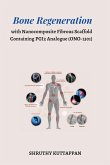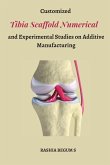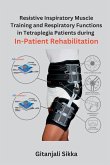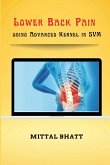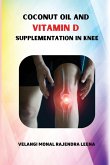The frequency of alveolar ridge resorption and crestal bone loss emphasizes the clinical need for bone graft substitutes for dental rehabilitation. Implant supported prosthesis will improve the aesthetic and functional efficiency of the patient. However, maxillary and mandibular alveolar bone stalk with adequate mechanical strength is required for replacement of teeth with fixed prosthesis. In compromised bone situations, augmentation with autograft remains the gold standard, but harvesting of autograft requires a second operation, which is associated with donor site morbidity and pain. Alternatively, several bone graft substitutes are available in market for dental applications, but none of them is ideal for bone augmentation purposes. Bone is comprised of nanohydroxyapatite (HA), which is reinforced by collagen fibrils and this interaction is known to significantly dictate its strength and toughness. The fibrous collagen matrix transfer load to apatite crystals and provide resistance to fracture (i.e. high toughness), whereas the apatite deposit between fibrils can mechanically stabilize the collagenous fibers. In addition, trace elements in bone are known to be involved in its growth and mineralization, of which silicon (Si) play a significant role. In order to mimic the native bone, we have developed a biomimetic, porous, biodegradable, nanocomposite fibrous scaffold [silica coated nanoHA-gelatin reinforced with electrospun poly (L-lactic acid) (PLLA) fibers] in our laboratory. The presence of fibers could enhance the mechanical strength of the scaffold without compromising the porosity. Moreover, the scaffolds could regenerate bone in rat femoral segmental defect when it is stabilised with stainless plates and screws. However, the efficacy of this scaffold to regenerate bone under load bearing situation (mandibular defect) and to integrate with Ti dental implants was not yet studied.


